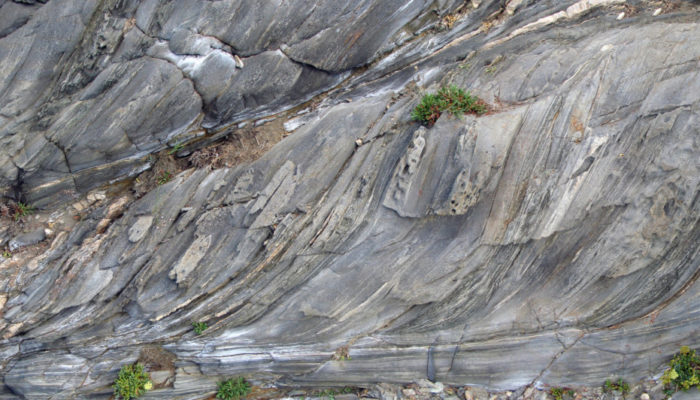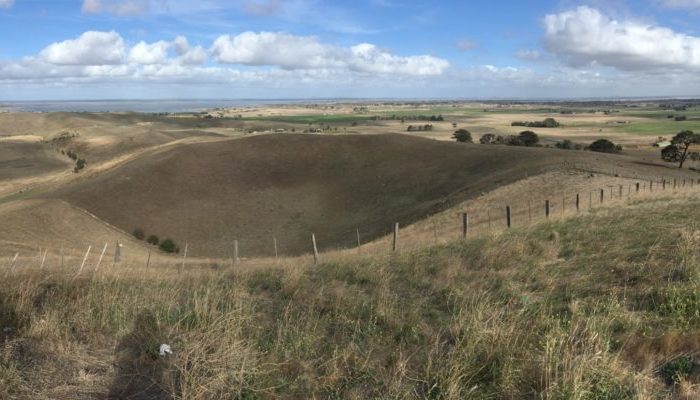As we have seen in previous Features from the field posts, structural fabrics are both informative and spectacular. But many structural geologists will list a shear zone fabric, such as mylonite, as their favourite! As Samuele, Hannah and I wrote in a previous post, shear zones are regions of intense deformation where rocks have accommodated an extremely high amount of strain and that strain has b ...[Read More]
Features from the Field: Shear Zones and Mylonites

The San Andreas Fault in California, the Alpine Fault in New Zealand, or the Main Frontal Thrust in the Himalayas are some of the most famous and largest fault zones that accommodate the relative displacement between two adjacent crustal blocks. Such faults, however, represent only the shallower expression of something much bigger: a crustal shear zone. In the first 10 kilometers or so of the crus ...[Read More]
Features From the Field: Pencil Cleavage

This edition of ‘Features from the field’ is brought to you by Sandra McLaren, a senior lecturer at the University of Melbourne. She will be talking about type of rock formation called “Pencil Cleavage” so called because it looks like pencils. Sandra even has a small collection of pencil/crayon shale which is the cover image of this post. I have seen quite a range of differ ...[Read More]
Features from the field: Volcanic rocks and landscapes

This edition of ‘Features from the field’ is brought to you by Sandra McLaren, a senior lecturer at the University of Melbourne. She will be talking about the volcanic activity and rocks in the Tower hill complex in Australia. Volcanic activity is one of the most spectacular manifestations of our tectonically active planet. Volcanic eruptions can be highly dangerous when they oc ...[Read More]

